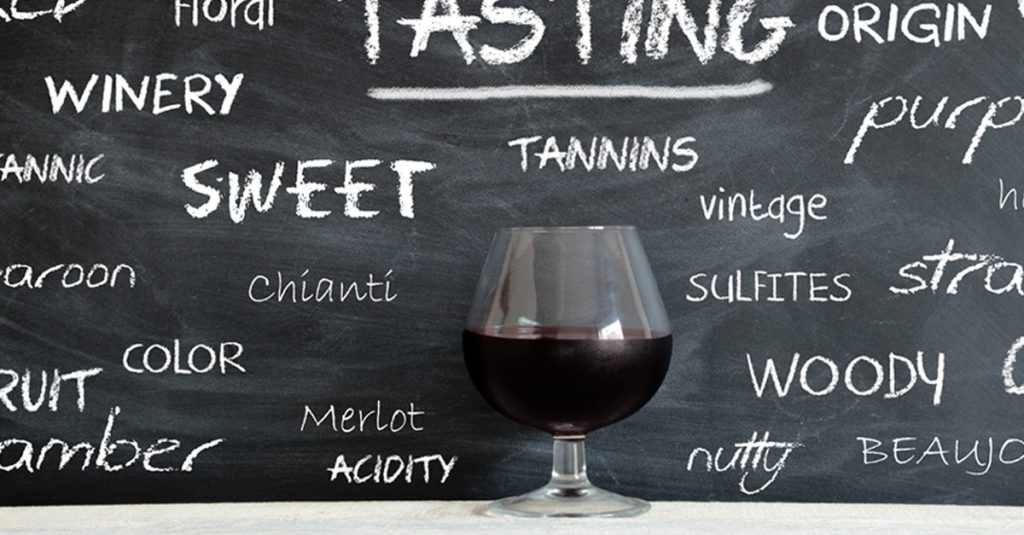In the world of wine, there exists a rich tapestry of flavors and aromas waiting to be unraveled. From the crisp notes of citrus in a Sauvignon Blanc to the deep, velvety layers of a Cabernet Sauvignon, the language of wine is a sensory journey that captivates enthusiasts and connoisseurs alike. Let’s delve into the art of describing these intricate nuances that make each bottle a unique and delightful experience.
Understanding the Basics:
To appreciate the language of wine, one must first grasp the fundamentals. The primary components include sweetness, acidity, tannin, and alcohol content. These form the backbone of a wine’s structure, influencing how it feels on the palate.
The Power of Aromas:
Aromas play a pivotal role in wine appreciation. As we swirl the wine in the glass, volatile compounds release fragrances that tantalize our olfactory senses. The spectrum is vast, ranging from floral and fruity to spicy and earthy. Describing these aromas involves a vocabulary that mirrors the diverse scents found in nature.
Fruit-forward Wines:
When it comes to whites and reds, the presence of fruit flavors is a common thread. White wines may boast citrus, apple, or tropical fruit notes, while reds often showcase berries, cherries, or plums. Exploring the specific fruit characteristics allows us to articulate the essence of the wine.
Herbs, Spices, and Earthiness:
Beyond the fruit, wines can also exhibit herbal or spicy notes. A Sauvignon Blanc might evoke the essence of fresh herbs, while a Syrah could be redolent with black pepper or a hint of smokiness. Earthy undertones transport us to the vineyard itself, connecting the drinker to the wine’s terroir.

Balancing Act:
A well-balanced wine is a symphony of flavors, where no single element overwhelms the others. The interplay between acidity, sweetness, and tannins contributes to a harmonious experience on the palate. Describing this equilibrium requires an understanding of how each component contributes to the overall taste.
Expressing Terroir:
The term “terroir” encapsulates the unique environmental factors that influence a wine’s character. Soil, climate, and topography all leave their imprint on the grapes. Describing the terroir involves acknowledging the subtleties that distinguish a Burgundy Pinot Noir from a Napa Valley Cabernet Sauvignon.
Creating Your Own Vocabulary:
As with any language, the beauty lies in individual interpretation. Developing a personalized vocabulary to describe the wines you encounter is part of the journey. Don’t be afraid to use metaphors, colors, or even memories to articulate what a wine means to you.
Conclusion
In the language of wine, every sip is a story waiting to be told. From the vine to the glass, the diverse array of flavors and aromas invites us to explore, appreciate, and share our experiences. So, the next time you uncork a bottle, let the language of wine guide you on a sensory adventure that transcends the ordinary. Cheers to the eloquence found in every drop! 🍷✨
Want to Explore Our Wines.
OneGrape wines cover a wide range of tastes and occasions.
Visit our shop today to order your specially selected wines.

